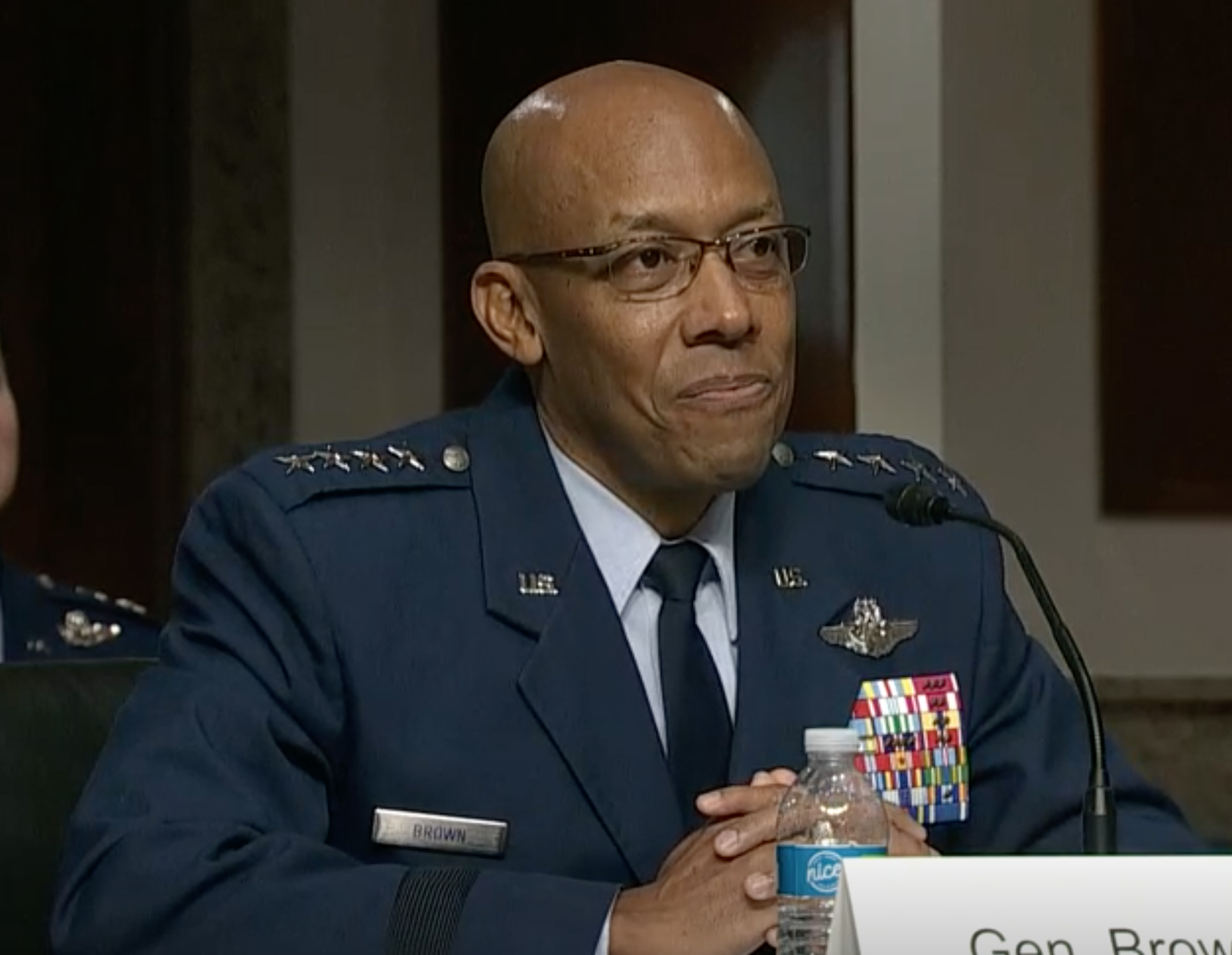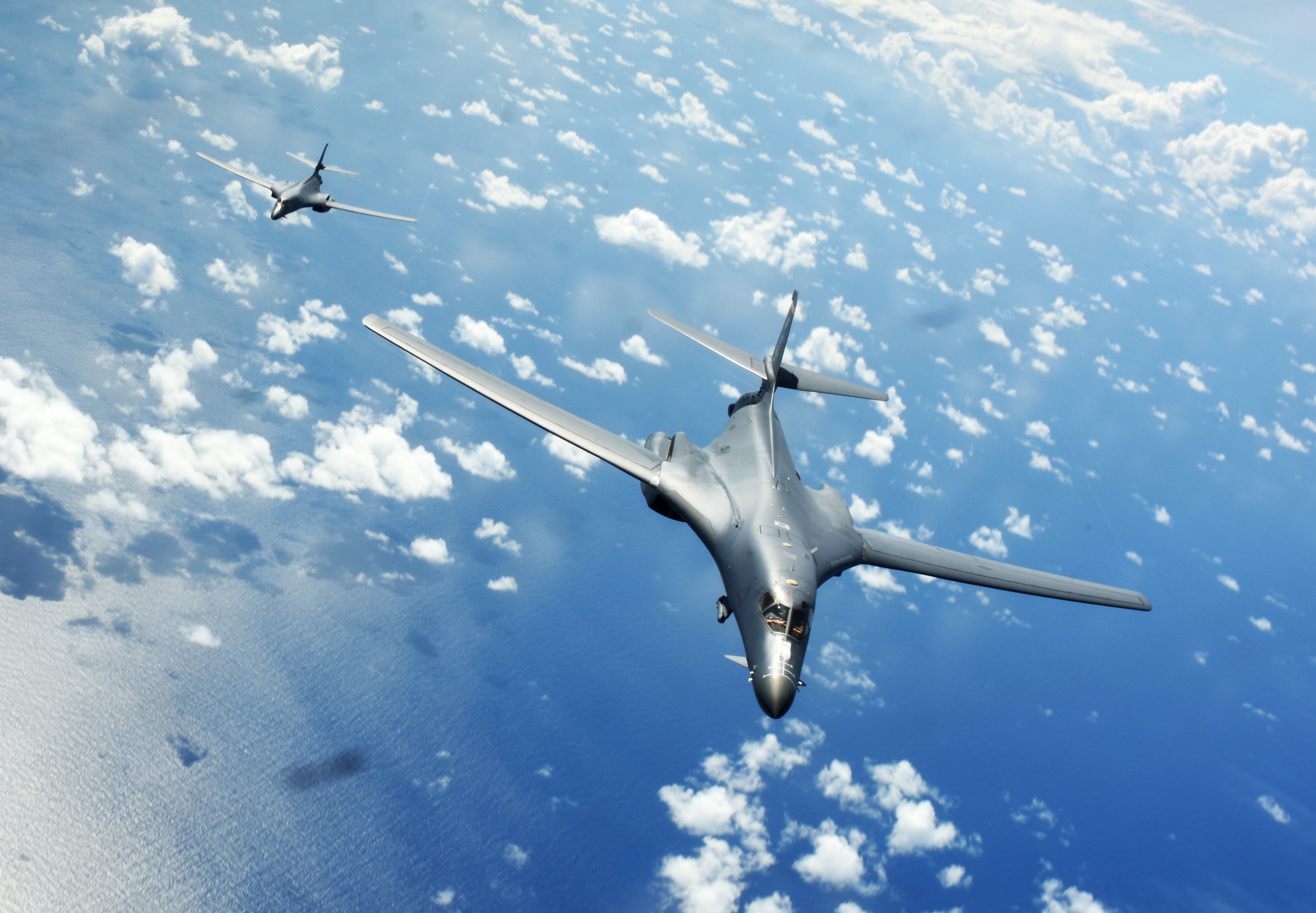
KUALA LUMPUR — The U.S. Air Force is expanding their maritime capabilities in the Western Pacific and mulling creating its own operating concept similar to the U.S. Marine Corps Force Design 2030, the Air Force’s next top commander told reporters on Wednesday.
When asked whether the U.S. Air Force was looking to implement changes to its force structure and operations to meet the challenges posed by China’s armed forces, Gen. Charles Brown, current commander of Pacific Air Forces and soon to be Air Force Chief of Staff, told reporters he was taking a page from the Marines.
“I actually personally have talked to Gen. Berger, the commandant of the Marine Corps. What he wrote very much resonates with me; I’m thinking about something very similar so we can actually gauge the United States Air Force going forward on how we think about this region,” Brown said.
The Air Force Warfighting Integration Capability is working on a new force design, “and the premise of their focus is also to be able to focus on the challenges that we have here in the Indo-Pacific and particularly with the [People’s Republic of China],” he said.
“I’m concerned by increasing opportunistic activity by the PRC to coerce its neighbors and press its unlawful maritime claims while the region and the world is focused on addressing the COVID pandemic.”
The general reiterated the U.S. commitment to maintaining a free and open Indo-Pacific.
He later talked about changes in Chinese air activities in relation to PACAF’s focuses, saying ”it’s not only just the technology as we look at the number of – whether it be bombers that we see, or fighters, small growth in advance fighters like their J-20 – but it’s how they do their activity.”

For example, when Brown first assumed command of PACAF, overwater flights by People’s Liberation Army Air Force (PLAAF) H-6 bombers in the region were rarely seen but now are an everyday occurrence.
“It’s things like that I see. It’s not only the capability, but it’s the intent and how they use it,” he said, adding that his command also had to focus on how U.S. and its allies and partners could contribute to deterring these activities.
Brown also said that, while B-52s were no longer stationed in Guam, actual operational tempo and presence in the Asia Pacific region for the bomber fleet actually has not changed.
“Our tempo for number and quantity, locations where we’re flying bombers, is pretty much the same as it was when we had the B-52s sitting in Guam all the time,” he said, adding that the new approach has given the U.S. more flexibility compared to having a continuous B-52 presence in Guam.
“We’ve taken steps to operate bombers in different ways, from a broader array of locations with greater operational resilience. An example: We returned the B-1s to the region, the first time since 2018. And then we’ve flown from the Continental United States as well as Guam. And we just hosted B-52s in Alaska – the first time since 2017” he said.
In regard to expanding Air Force maritime capabilities such as Long Range Anti-Ship Missile (LRASM) and the Quickstrike sea mine, Brown said that PACAF was working through increasing the numbers and capabilities for LRASM while for the Quickstrike mine, tests were being conducted, and the next step would be to complete the testing allowing procurement to begin.
“And so, what you can expect from PACAF and the United States Air Force is to increase our capability in the maritime – to support the maritime environment, to also to assure and deter – so you can expect increased numbers as we go under future budget cycles for long-range, anti-ship missile as well as the Quickstrike mine.”
To demonstrate these maritime capabilities, two B-1Bs conducted a recent exercise: they flew out of Guam on May 21 to Alaska; were joined by F-22s and F-16s out of the 3rd Wing at Joint Base Elmendorf-Richardson to conduct a large force employment exercise in the Joint Pacific Alaska Range Complex; then flew to Japan to the vicinity of Misawa; conducted LRASM training with aircraft carrier USS Ronald Reagan (CVN-76) and a Navy P-8 Poseidon; and then returned to Guam.





